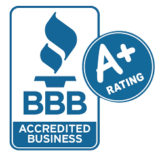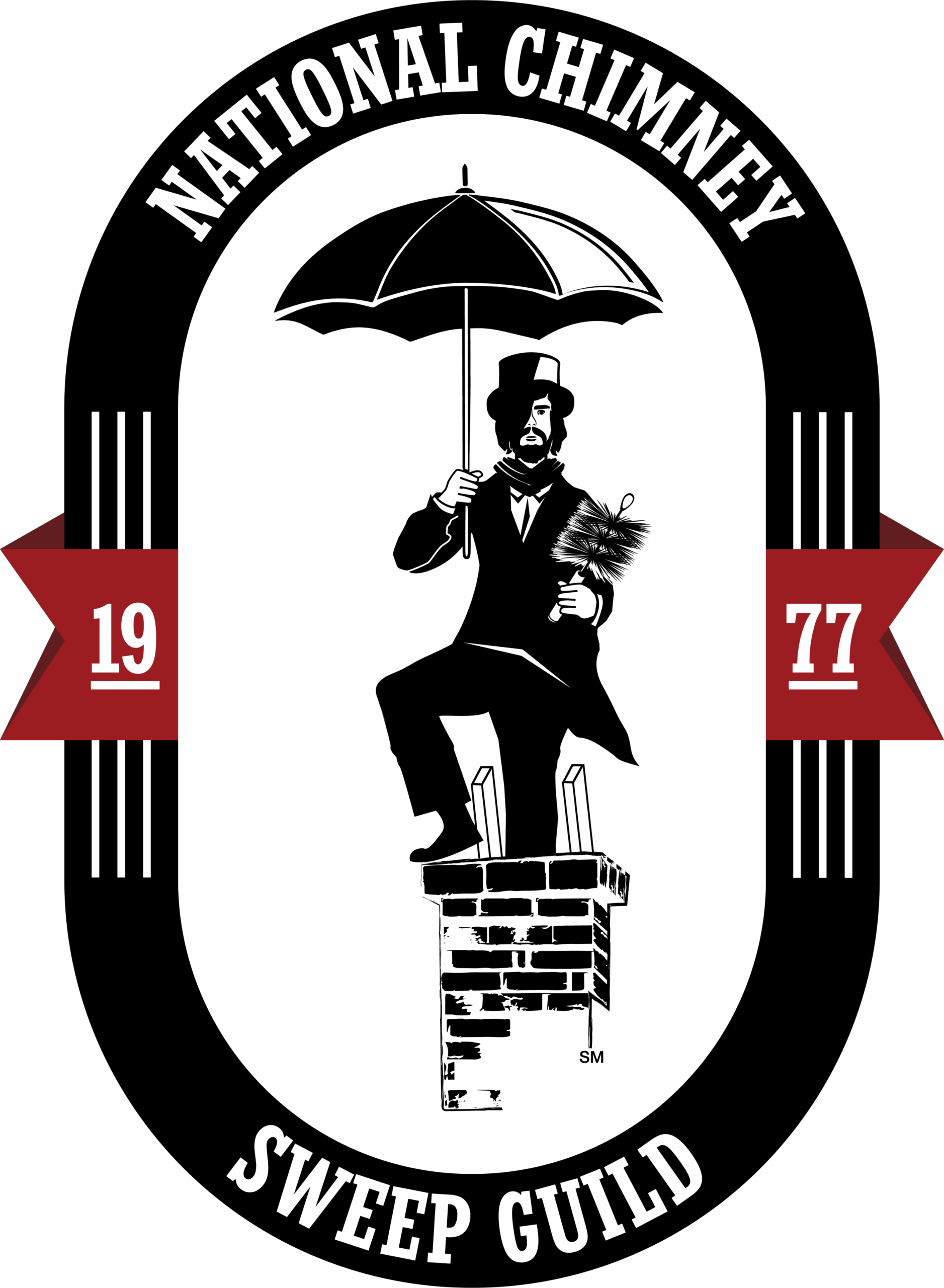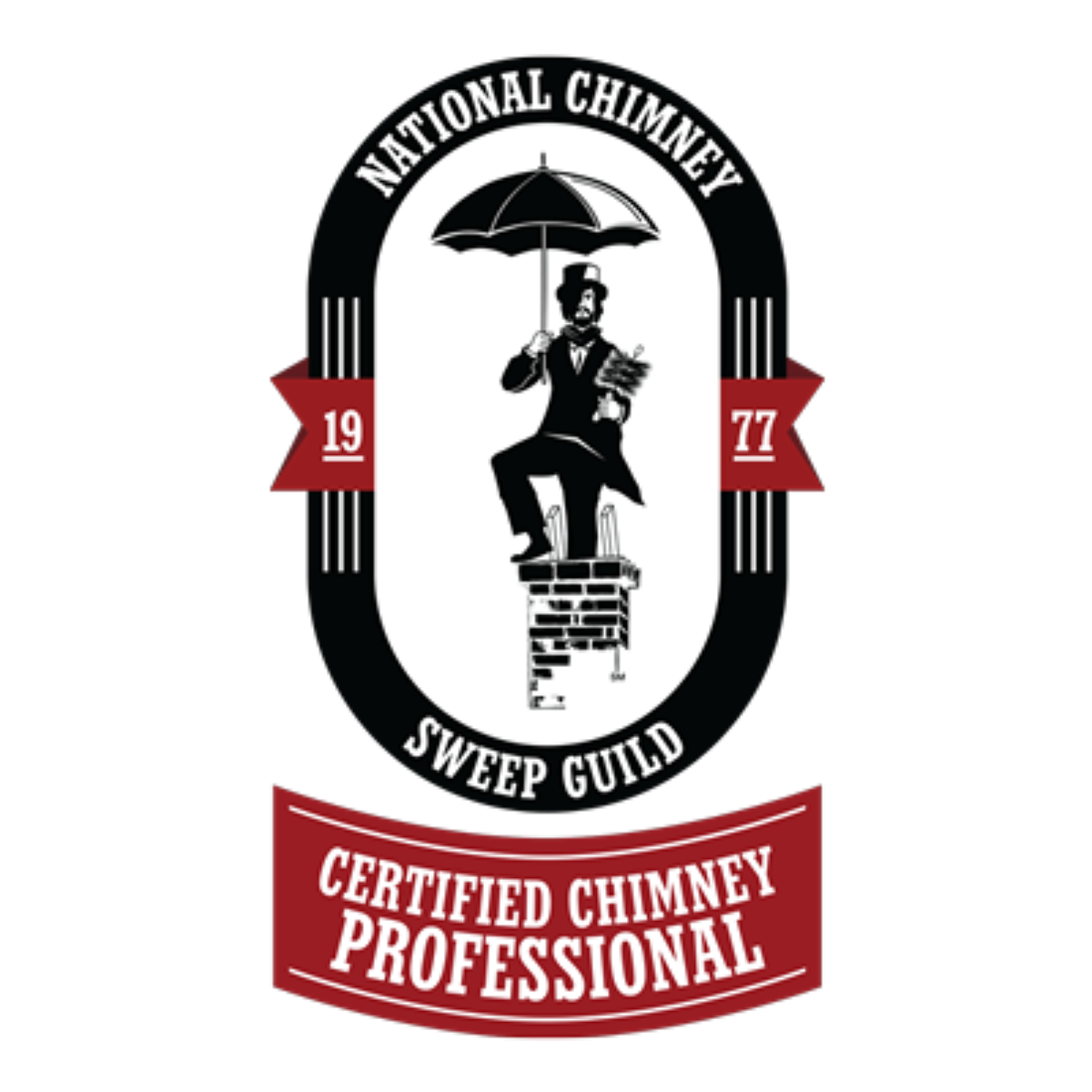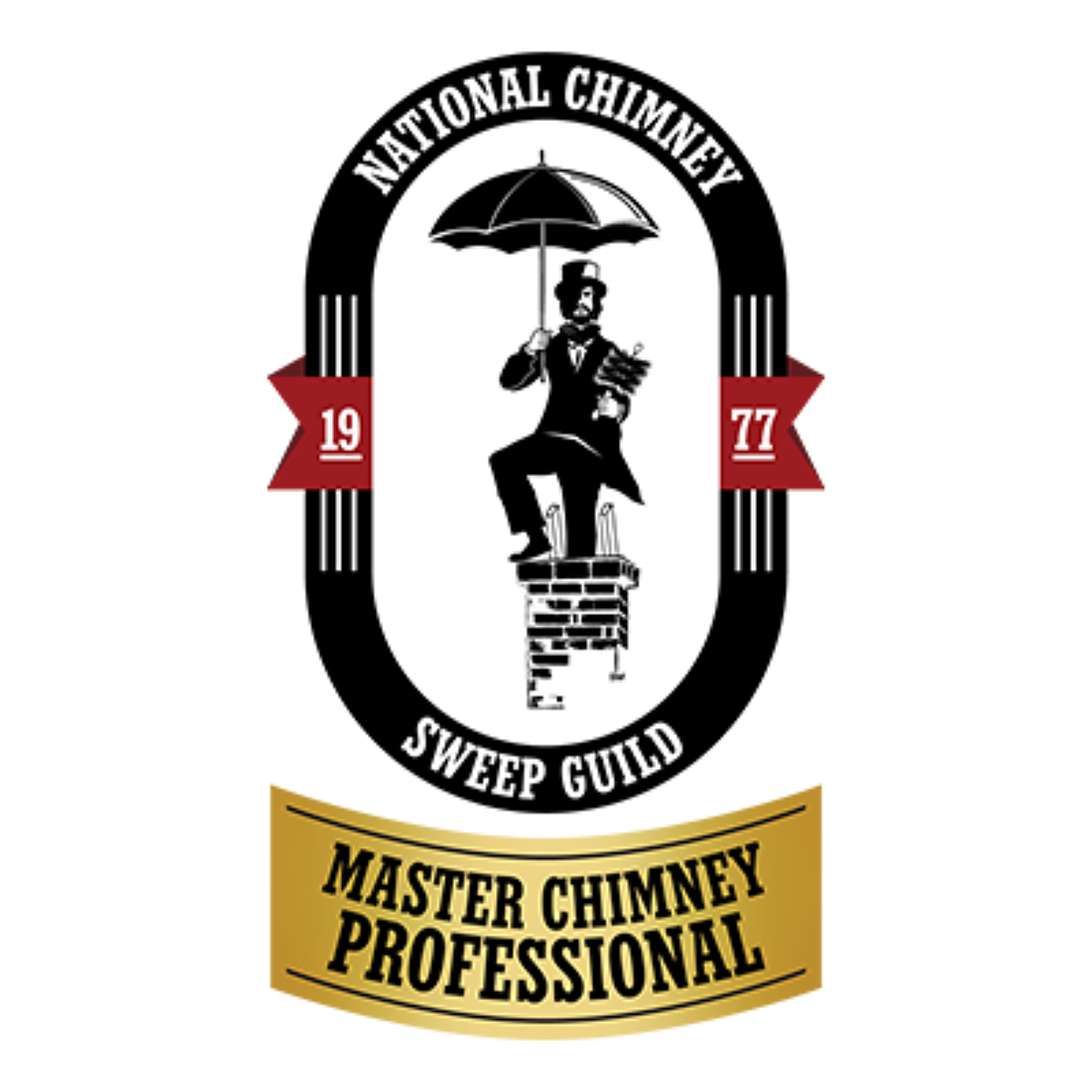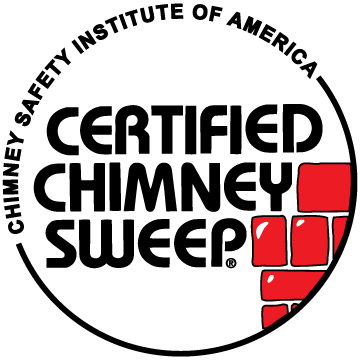For Texans who rely on the comforting warmth of solid and fossil fuel heating appliances, a seemingly invisible threat—the buildup of hazardous materials—may be accumulating inside their chimneys. Masters Services has been a trusted partner for our neighbors using solid and fossil fuel heating appliances across the Dallas-Fort Worth Metroplex for over three decades. Our certified technicians provide professional chimney sweeping, including creosote removal, animal removal, clearing flue obstructions, and gas fireplace cleaning.
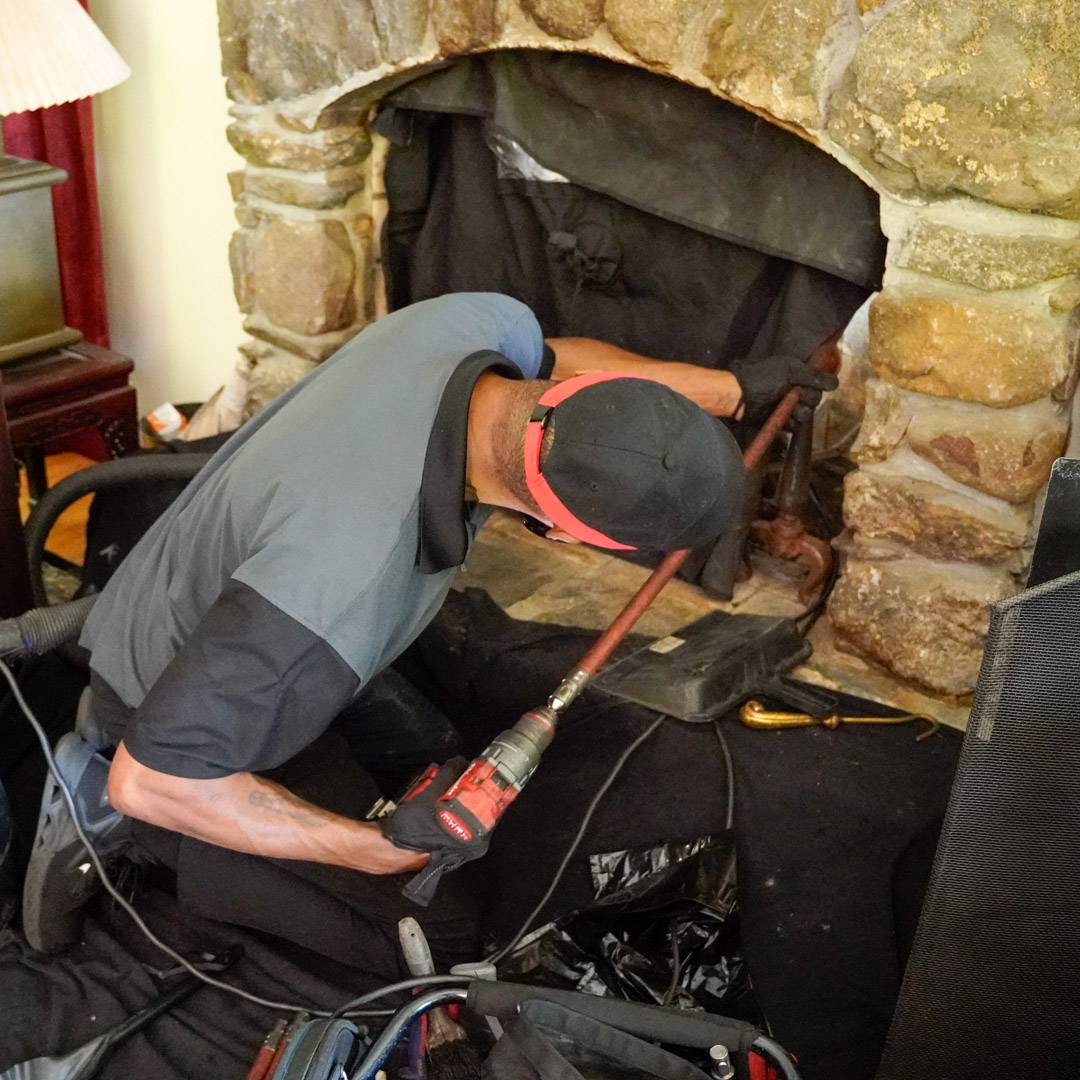 A Clean Chimney Doesn’t Catch Fire
A Clean Chimney Doesn’t Catch Fire
Fire prevention is the number one priority of a CSIA-Certified Chimney Sweep®. Chimney cleaning prevents the fire, safety, and health hazards that an unclean chimney can pose to your home and family. Our technicians use specialized safety gear and professional equipment to remove harmful contaminants, such as flammable creosote buildup, sooty deposits, debris, and even animals (dead or alive) from the flue.
Why Is Creosote So Dangerous?
Creosote, a byproduct of the incomplete combustion of wood, is a silent danger that accumulates on the inner walls of the chimney flue with each fire. This seemingly benign substance transforms into a flammable black or brown oily residue without regular chimney sweeping. Even a thin layer of creosote can ignite at high temperatures, posing a serious risk of a dangerous chimney fire. Regular chimney sweeping is the key to preventing this fire hazard.
What is 3rd Degree Glazed Creosote?
When creosote solidifies into a shiny, tar-like substance, it is classified as third-degree creosote – the most flammable stage. Glazed creosote is particularly challenging to remove without specialized equipment and professional compounds. Neglecting glazed creosote significantly raises the risk of a chimney fire and may impede airflow.
Preventing Flue Obstructions & Carbon Monoxide Poisoning
Our sweeps will also clear flue obstructions, such as nests built by birds or small animals, fallen leaves, and other debris that can block the passage of smoke and combustion gases. This blockage hinders the fireplace's ability to draw properly and increases the risk of back puffing, sending smoke, carbon monoxide gas, and hot debris into the living space.
Facts About Carbon Monoxide
Carbon monoxide (CO) is known as the silent killer because it is a poisonous, odorless, colorless, and tasteless gas. When flue gases cannot escape due to an obstruction, CO can be forced back into your home. Exposure to even low levels of CO can cause symptoms, including:
- Headaches
- Nausea
- Vomiting
Regular chimney sweeping ensures a clear path for these gases to vent safely outside.
Signs Your Chimney Might Be On Fire
While prevention is essential, it's critical to be aware of the signs that your chimney might be on fire:
- Loud Roaring or Popping Sounds: This indicates intense burning within the flue.
- Strong Burning Odor: Often accompanied by smoke seeping into the house.
- Visible Flames or Sparks from the Chimney: A clear indication of a fire within the flue.
- Extremely Hot Chimney Exterior: The exterior masonry of the chimney may become unusually hot to the touch.
If you suspect a chimney fire, evacuate your home immediately and call 911!
Yes, Gas Fireplaces Need Cleaning Too
Many homeowners with gas fireplaces mistakenly believe their chimneys don't require cleaning. While gas burns cleaner than wood, it still produces corrosive residues that can damage the chimney's masonry, liner, and other components over time. Furthermore, debris and even animal intrusions can also occur in gas flues, leading to dangerous carbon monoxide leaks. Routine cleaning of gas fireplace flues and vents is essential to prevent these issues and ensure a safer and more efficient venting of combustion byproducts. We also remove dirt, clean clogged burners, and replace worn parts, extending the lifespan of your gas-heating appliances.

How to Minimize Creosote Buildup
In between professional chimney sweeping, homeowners can take a few simple steps to minimize creosote buildup:
- Burn Seasoned Firewood: Wood with a moisture content below 20% burns hotter and more completely, producing less smoke and creosote. Hardwoods like Hickory, Oak, and Pecan are locally available in Houston, The Woodlands, Arlington, Fort Worth, and many other Texas cities.
- Ensure Adequate Airflow: Provide sufficient air supply to your fireplace for proper combustion.
- Build Hot Fires: Short, smoldering fires produce more smoke and creosote. Aim for hotter, more efficient burns.
- Have Your Chimney Inspected Annually: Annual inspections are critical for identifying early signs of creosote buildup and other potential problems. We can often inspect and clean your chimney during the same visit.
Call Masters Services For Chimney Sweeping/Cleaning in North Texas
Don’t wait until your chimney starts sending smoke signals! Masters Services has been serving Irving, TX, Arlington, TX, Garland, TX, and surrounding areas in the Dallas-Fort Worth Metroplex for over 25 years and is dedicated to serving our communities with pride and excellence. Our Certified Chimney Sweeps thoroughly clean your chimney and fireplace, removing creosote buildup, soot, debris, and critters, conforming to NFPA industry standards and codes. Contact us today to schedule an appointment with a Certified Chimney Sweep® near you.






